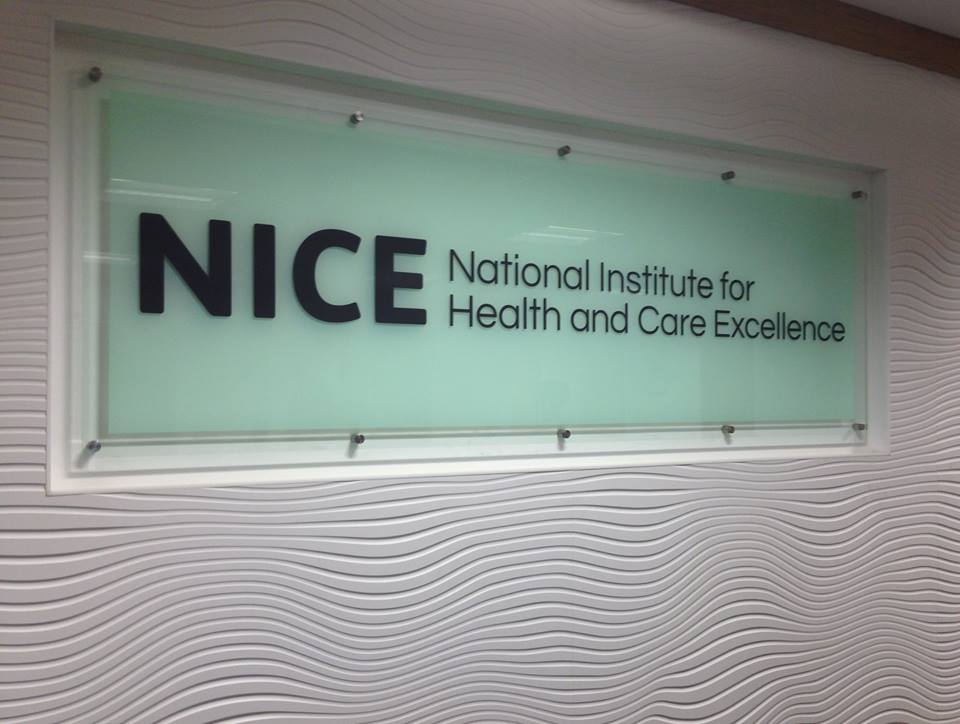NICE wants to axe funding for two thyroid cancer drugs

NICE says two thyroid cancer drugs should not be used on the NHS because of their cost and uncertain survival benefits.
Ipsen’s Cometriq (cabozantinib) and Sanofi’s Caprelsa (vandetanib) are both covered by the Cancer Drugs Fund (CDF), and are among a group of drugs being reassessed by NICE under new arrangements for the scheme.
In its first draft guidance, NICE said that the drugs are the only systemic treatment options for unresectable, locally advanced or metastatic medullary thyroid cancer
But despite confidential discounts from their manufacturers, NICE said they are still too expensive for regular NHS use.
When it originally began in 2011, the ring-fenced CDF covered costs of all cancer drugs rejected by NICE, but became massively overspent.
Under a new system introduced last year, the CDF only covers cancer drugs on an interim basis if NICE thinks further time and evidence will help prove their with cost-effectiveness.
Meanwhile, NICE is reassessing all the drugs available on the old scheme, and in nearly all cases they have become available on the NHS.
But in its assessment of Cometriq and Caprelsa, NICE said uncertainty about the two drugs' overall survival benefits meant it was difficult to assess their cost-effectiveness.
Clinical trial data showed both drugs halted progression of the disease, but in the case of Cometriq, NICE noted that it did not significantly increase overall survival compared with placebo.
Study evidence showed median overall survival was 26.6 months, compared with 21.1 months for placebo.
NICE said that overall survival results for Capresla were “academic in confidence”, and were confounded and difficult to interpret.
It also cited a substantial difference between centrally reviewed and investigator assessed progression-free survival results.
NICE concluded that some patients on placebo must have crossed over to a treatment arm before their disease had progressed, making results difficult to interpret.
Both drugs are likely to cost substantially above the NICE upper threshold of £30,000 per Quality Adjusted Life Year, and in the case of Caprelsa, the figure is likely to exceed £100,000 per QALY gained.
NICE said neither drug met its “end of life” criteria, allowing it more leeway on costs, because the mean overall survival for patients with the disease is around 47 months.
For a drug to qualify for “end of life” criteria, the patient population must have life expectancy below 24 months.




